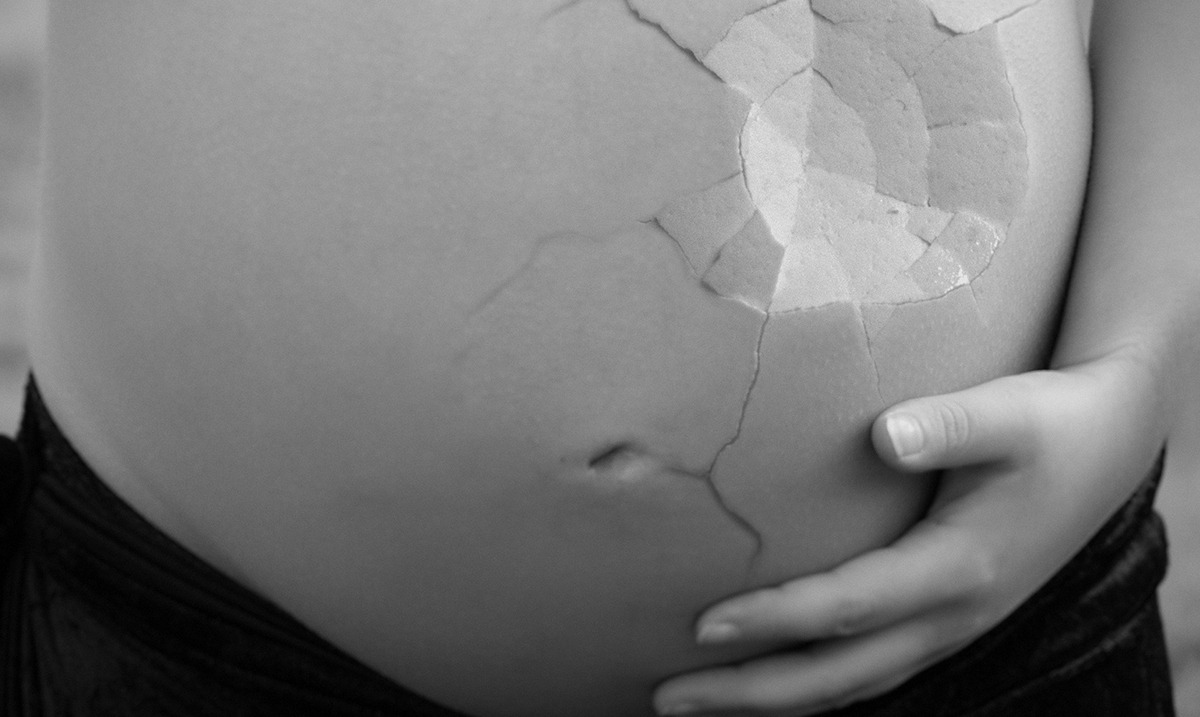It’s a difficult to accept statistic, but an estimated 10-25% of all clinically recognized pregnancies will ultimately end with a miscarriage, an incredibly difficult experience. For those who are trying to conceive, understanding the cause of a miscarriage may help to shed light on preventative steps and measures – but what if the cause as we know it is missing one important contributor?
As couples, medical health professionals and fertility work to improve the chances of conception and carrying a pregnancy to term, the states of the mother’s health is often the focus of their study. Time is spent ensuring that there isn’t a problem with the shape or condition of her uterus, or if she was engaging in any sort of activity that may have triggered the miscarriage. Many women, with no clear answer as to why they have had this occur repetitively, find themselves on bedrest in an effort to increase their chances.
Not only does the lack of information make it incredibly difficult for couples to change the end result, unsure of what they may or may not be doing to improve their chances, this can also take a tremendous toll on their mental health, especially the mother. Not only is she living with the physical effects first hand, a recovery that could take a month or more, but there’s the guilt that many wrestle with as they assume all the responsibility for something having gone wrong.
However, new evidence may shed an important light on an often-overlooked contributor. It is estimated that 60% of miscarriages are caused by a genetic condition or problem of some form. Why is this important to note? Experts are now pointing a finger at the fact that the mother isn’t the only one contributing to the genetic make-up of the child. In fact, poor sperm may actually trigger the problem in an otherwise healthy pregnancy. For those that are focusing their attention on testing the mother and her health, this could be completely undiagnosed leaving them without a clear answer.
A team of researchers from Imperial College London recently conducted a study, investigating the sperm quality of 50 different men whose partners have experienced three or more consecutive miscarriages. They hoped to find some pattern or occurrence that would open the door to new treatment options, reducing the risk of miscarriage and improving the chances of couples like these to carry a healthy pregnancy to term. Studying the basic genetic makeup of the sperm in question, they discovered that the sperm from these males actually showed higher levels of damage to their DNA.
“Traditionally doctors have focused attention on women when looking for the causes of recurrent miscarriage. The men’s health – and the health of the sperm wasn’t analyzed,” explained the study’s lead author Dr. Channa Jayasena. “However, this research adds to a growing body of evidence that suggests sperm health dictates the health of a pregnancy. For instance, previous research suggests sperm has an important role in the formation of the placenta, which is crucial or oxygen and nutrient supply to the fetus.”
The research further discovered what they believe to be evidence that the damage was triggered by ‘reactive oxygen species’, a chemically reactive chemical species that contains oxygen and is often associated with cellular damage leading to cancer. While these findings may not provide any tangible solutions yet for couples that are struggling with recurrent pregnancy loss, it does open a door for additional, more in-depth research and a new path to consider for treatment options in the future.
As Dr. Jayasena concluded, “Although this is a small study, it gives us clues to follow. If we confirm in further work that high levels of reactive oxygen species in semen increase the risk of miscarriage, we could try to develop treatments that lower these levels and increase the chance of healthy pregnancy. It has taken medicine a long time to realize sperm health has a role to place in miscarriage – and that the cause doesn’t lie solely with women. Now we realize both partners contribute to recurrent miscarriage, we can hopefully get a clearer picture of the problem and start to look for ways of ensuring more pregnancies result in a healthy baby.”
Feature Image Source: milli_lu | Pixabay

